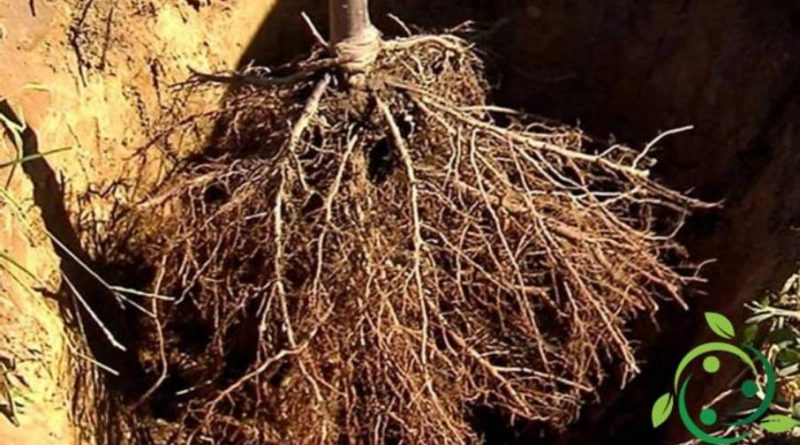Purging, what it is and how it is practiced
Purging, what it is and how it is practiced
Among the techniques once very practiced and then fallen a little ‘in disuse we rediscover the so-called “purging”. A technique that instead must be rediscovered above all in the perspective of a recovery of traditions that were strongly based on highly sustainable and agro-ecological techniques.
This technique is adopted for the plants that we have to transplant in the garden or in our company that are bare-rooted. The first advantage is that the purchase of bare root plants is often cheaper and the second is given by the fact that the plants can come from roots on cuttings produced by us and that we have to transplant.
When the plants purchased or obtained on the farm are bare-rooted, it is necessary to stimulate their rooting with a highly natural, very cheap, do-it-yourself technique. We are talking as mentioned in the purging. Let’s see what it is and how it is practiced.
The first thing to do is that, when for example. buy a bare root tree from the nursery this needs to be rehydrated, and for this reason, first, it must be immersed in a bucket of water (or suitable containers if it is more plants) full of water so it can hydrate at will.
Subsequently we proceed to a shortening of the roots damaged or too long compared to the others, taking care to leave intact the thinner or more stringy ones.
Subsequently, the technique of real foaming will be practiced: in a container, with adequate volume to the plants that we will have to treat, we will put 3 parts of very fine clay soil, a part of sifted bovine dung (or other mature manure) reduced to dust and water in order to obtain a pasty mixture that will remain attached to the roots of the fruit plant. If the soil where you need to implant young plants is not calcareous you can add to this mixture some wood ash (obviously coming from plants not treated with pesticides) and, if you love the very useful perfection is the nettle macerate that performs biological functions important.
Prepared this mush you can place the roots of our plants in the container and let them “react” for a few hours; if we are not in a hurry to proceed with the transplant, we can leave them there for a day. At the end of this period we will take care to drip the roots of our trees proceeding to the plant with the foresight to properly lay the plants in the prepared holes.
The effect of this technique on young trees will be that of a more vegetative vegetative growth of the plant and a greater vigor and health of the same. Nature only needs to be followed and applied.

